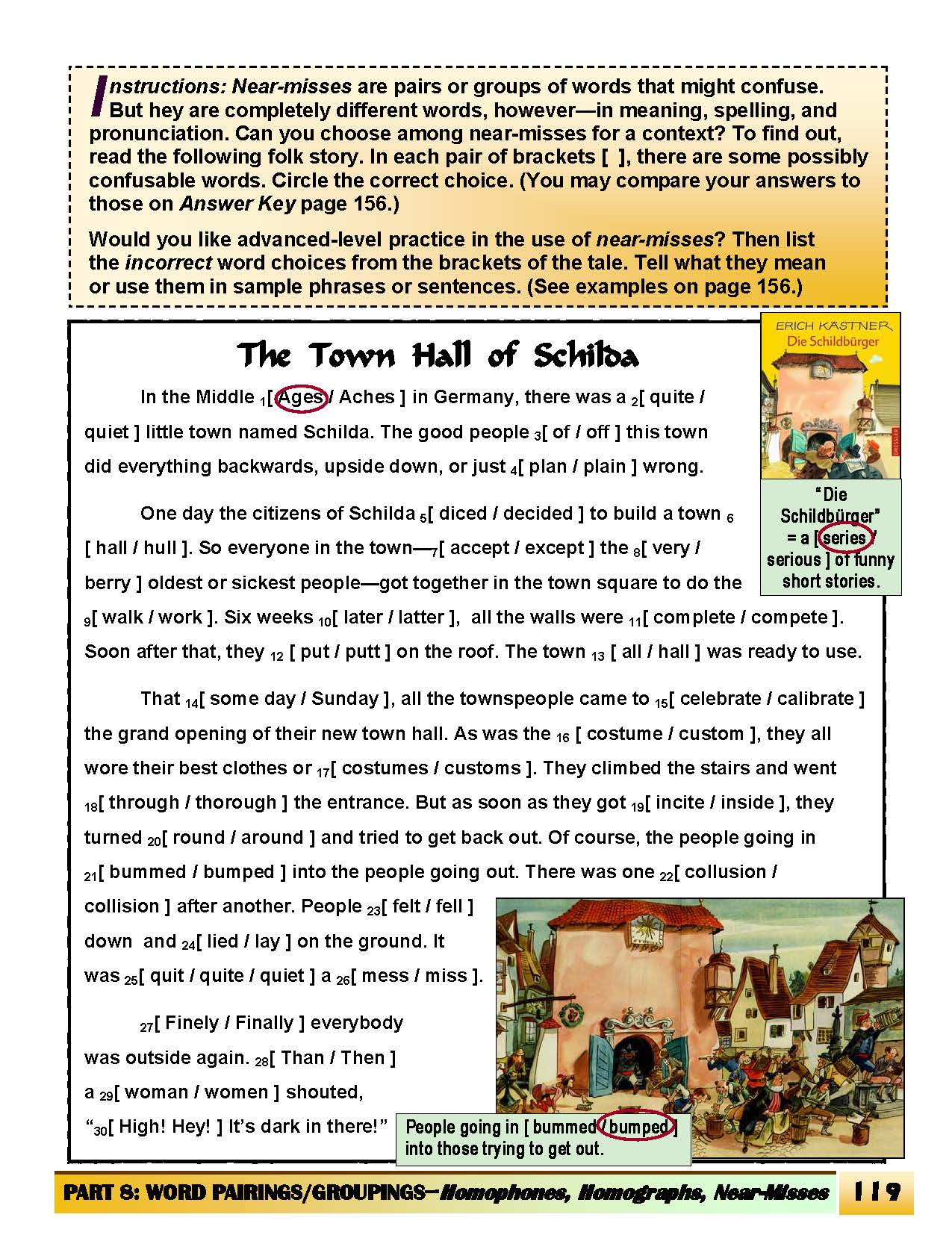1
/
of
6
Work Life English
C-05.02 Distinguish Among Homophones, Homographs & Near-Misses
C-05.02 Distinguish Among Homophones, Homographs & Near-Misses
Regular price
$4.00 USD
Regular price
Sale price
$4.00 USD
Unit price
/
per
Part 8 of What’s the Word? = Word Pairings & Groupings
14 Pages
Who It’s For: Teachers & Intermediate to Advanced Learners of Vocabulary That May Be Confusing
Why You Need It: In aware, systematic language learning, it helps to recognize the similarities and differences among words in pairs of groups. Then you can focus on their meanings and uses in real-life contexts.
What You’ll Do:
[1] Find out what homophones, homographs, & near-misses are—and how to best distinguish among them in context and usage.
[2] Complete a Homophone Vocabulary Chart with words, parts of speech, definitions, and examples of use. Label illustrations of such pairings. Do the same with Homographs.
[3] In four fun stories—a “tall tale” named The Wind, a love story called The Lost Wallet, a myth about Pandora’s Box, and a folk tale titled The Town Hall of Schilda, choose, write, correct, and otherwise differentiate between or among homophones, homographs, and near-misses.
[4] Continue to gather and use info about potentially confusing word pairs and groups.
Couldn't load pickup availability












